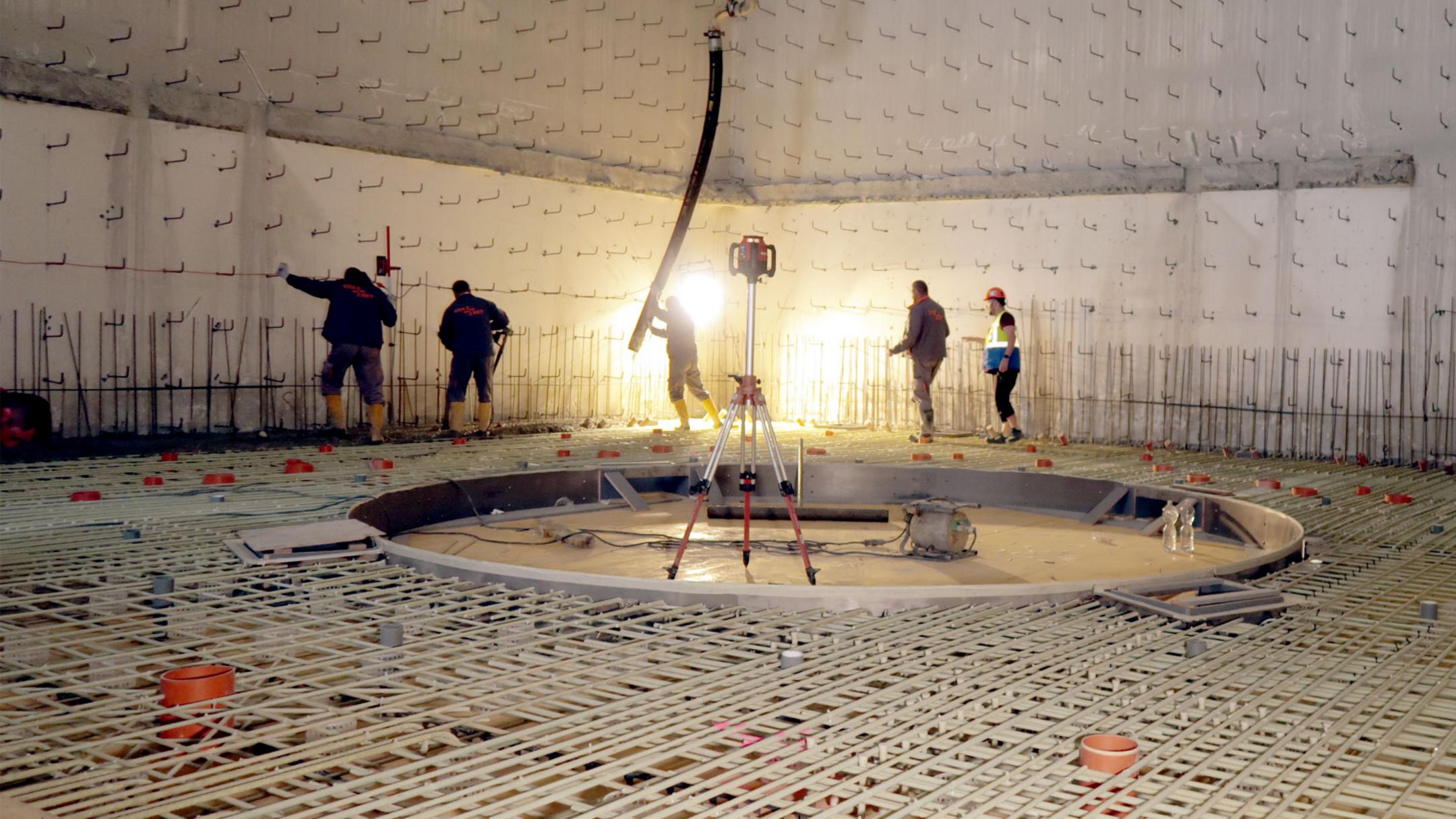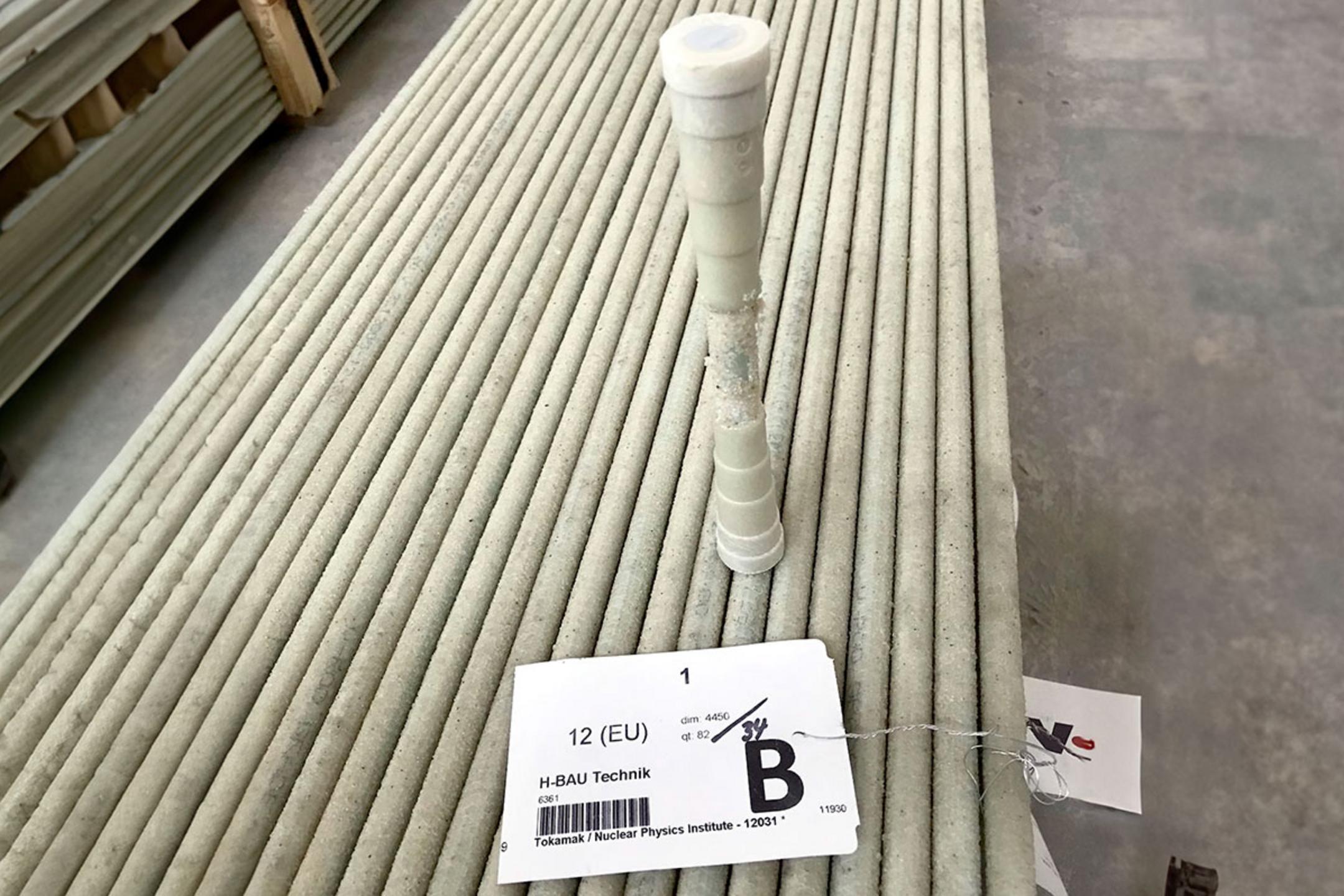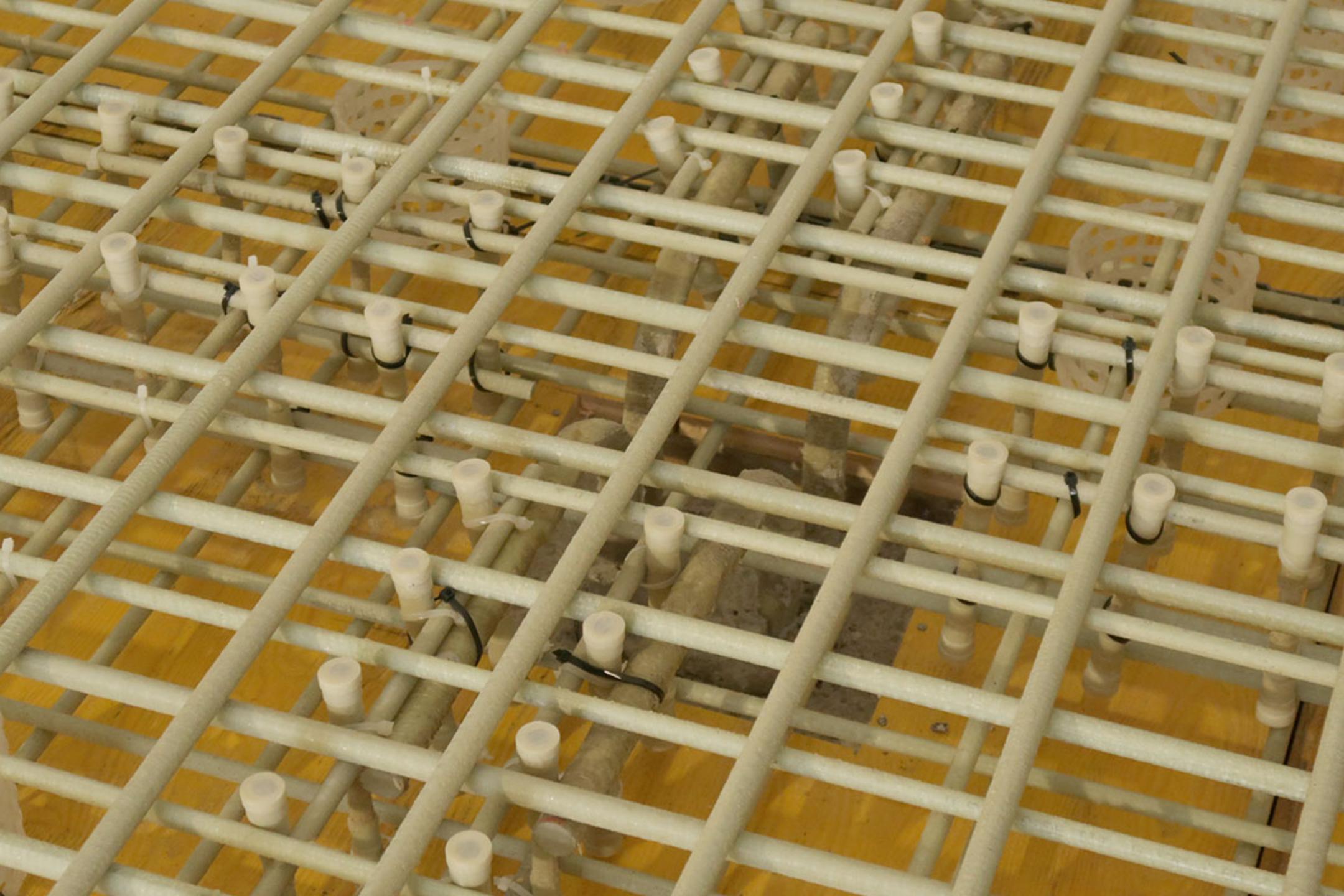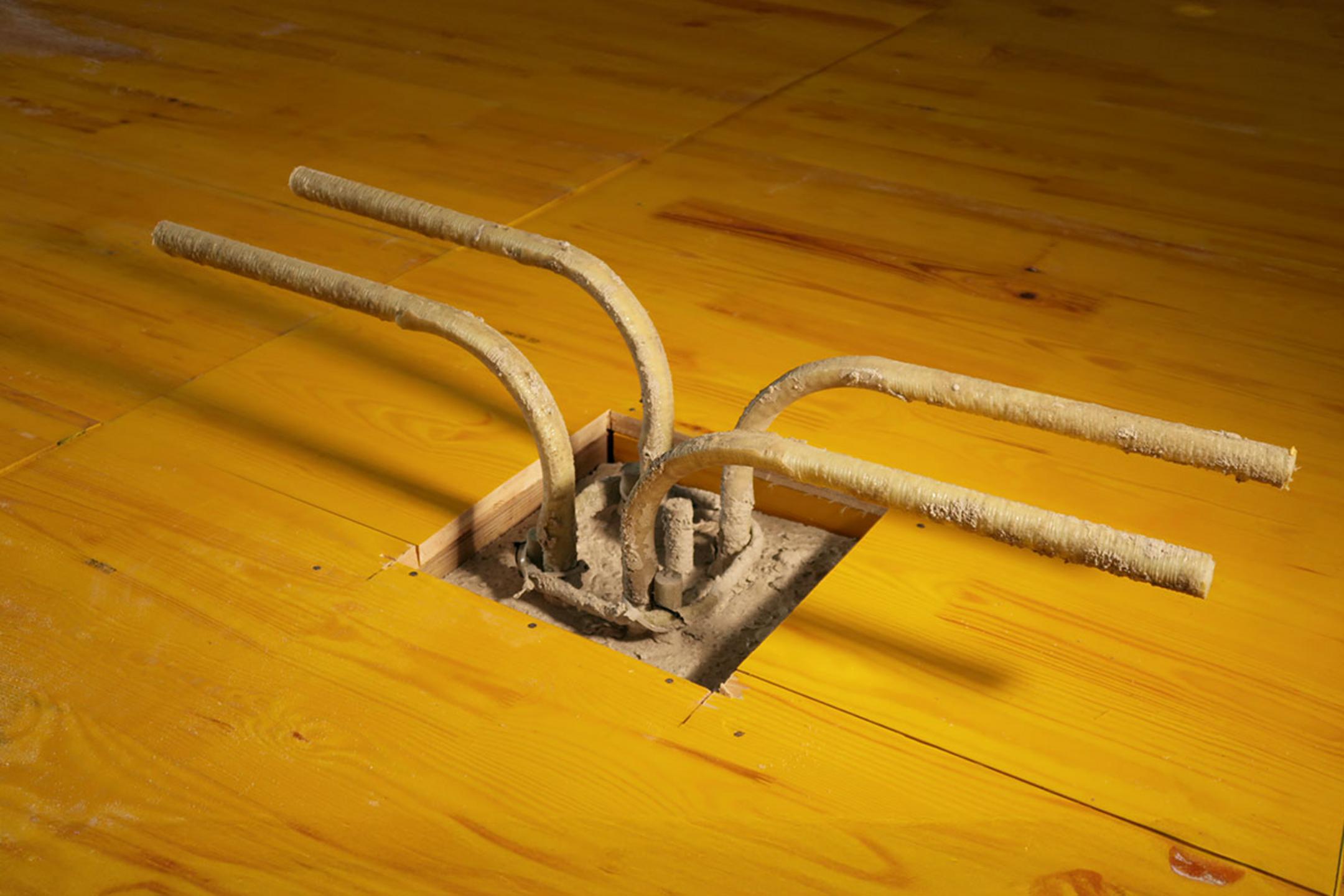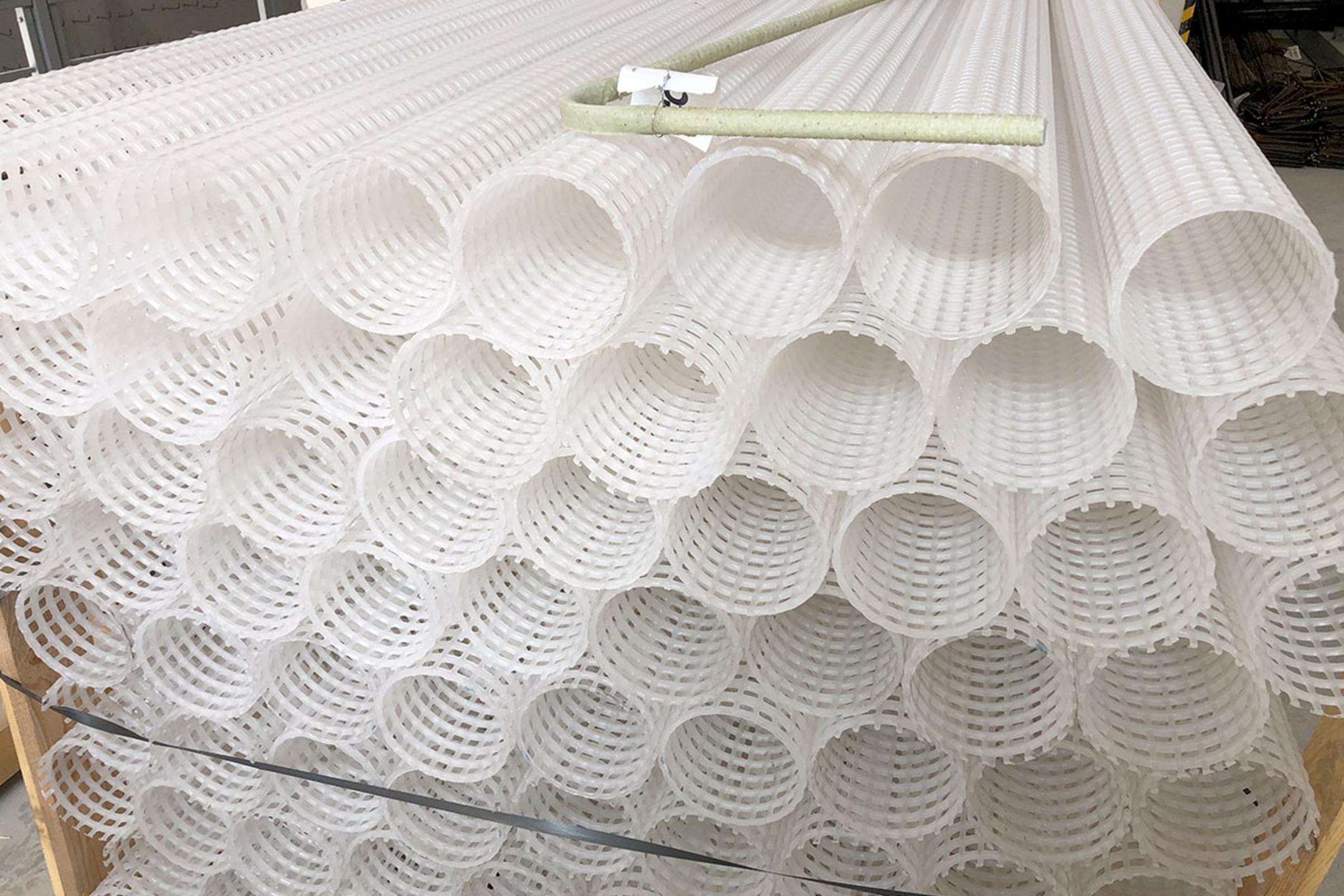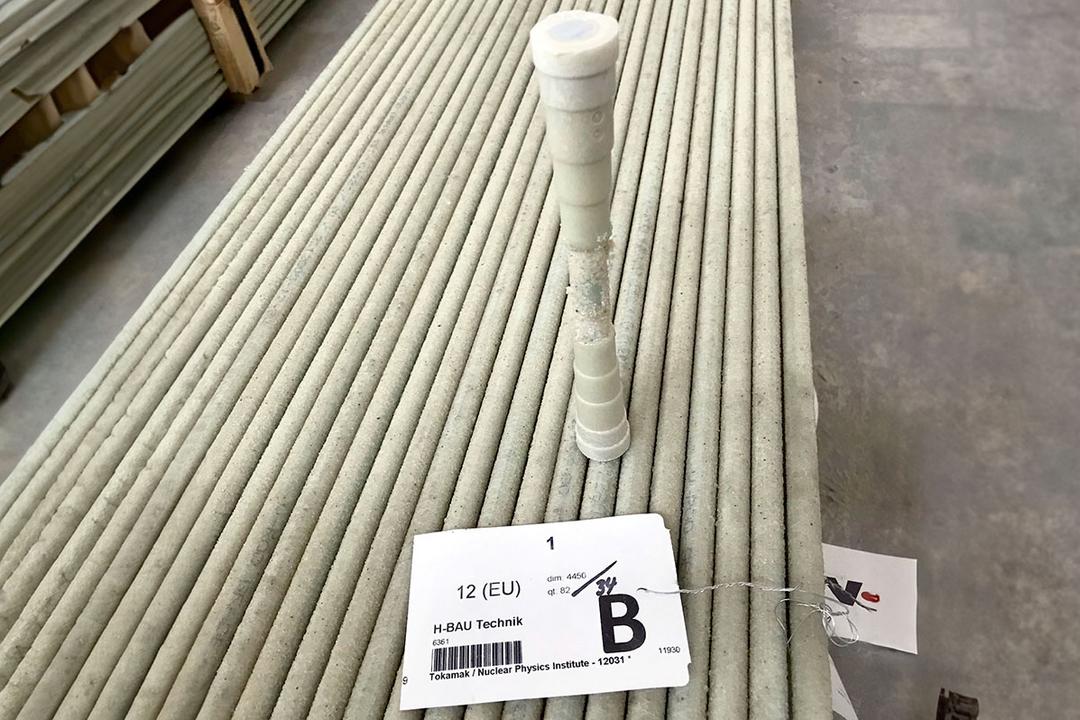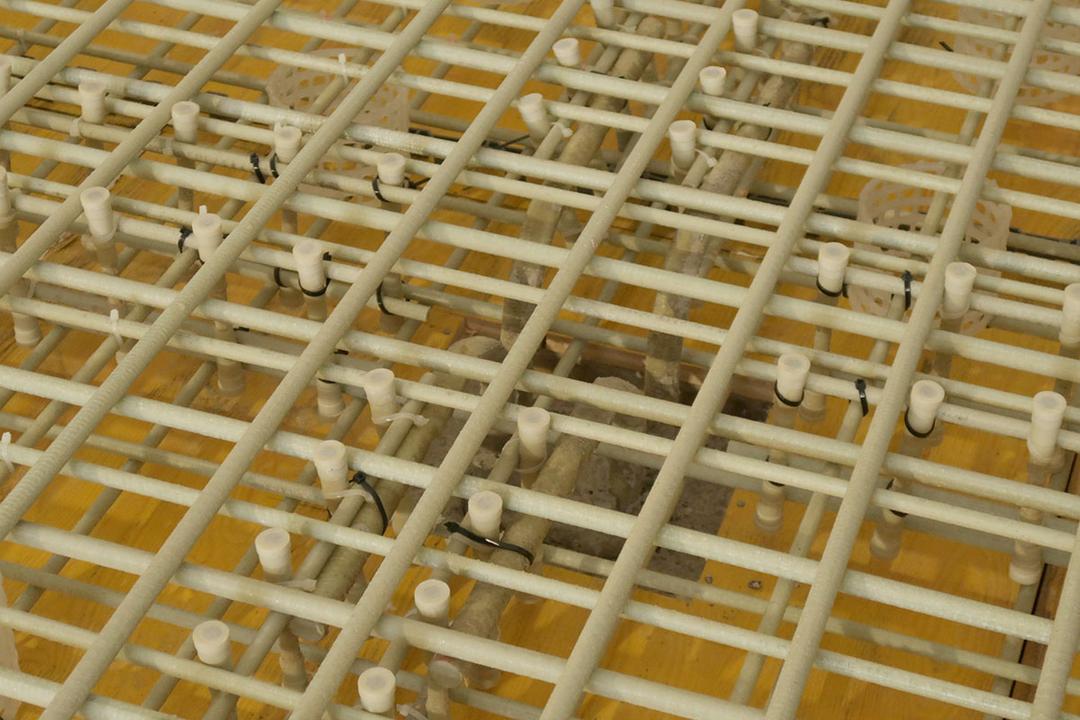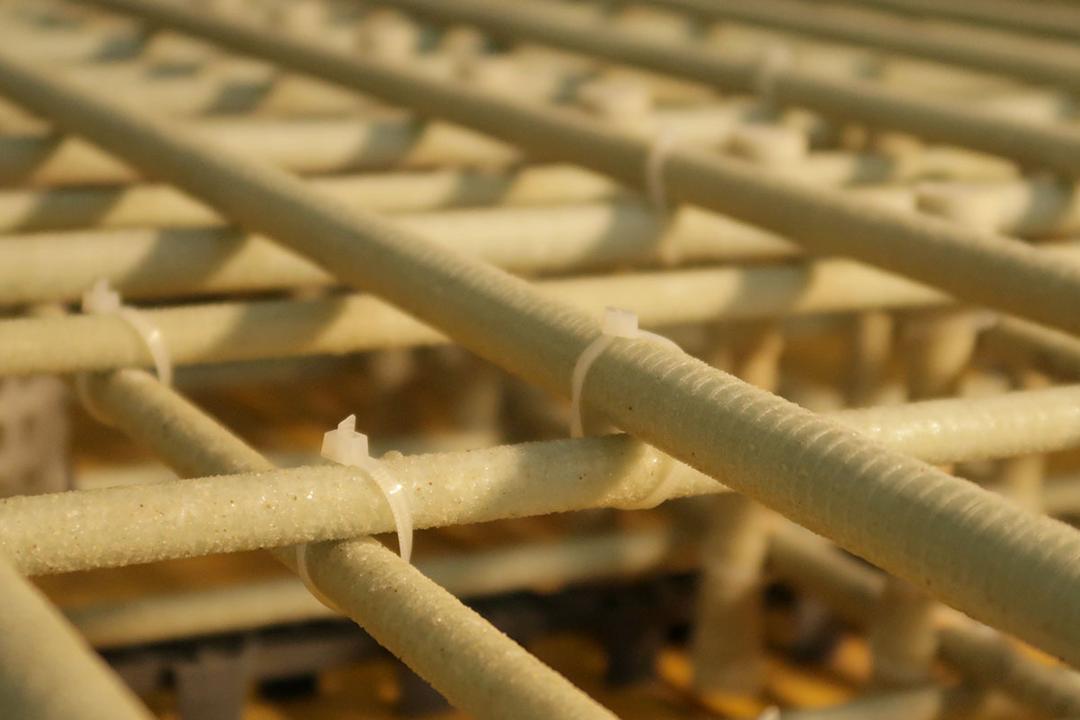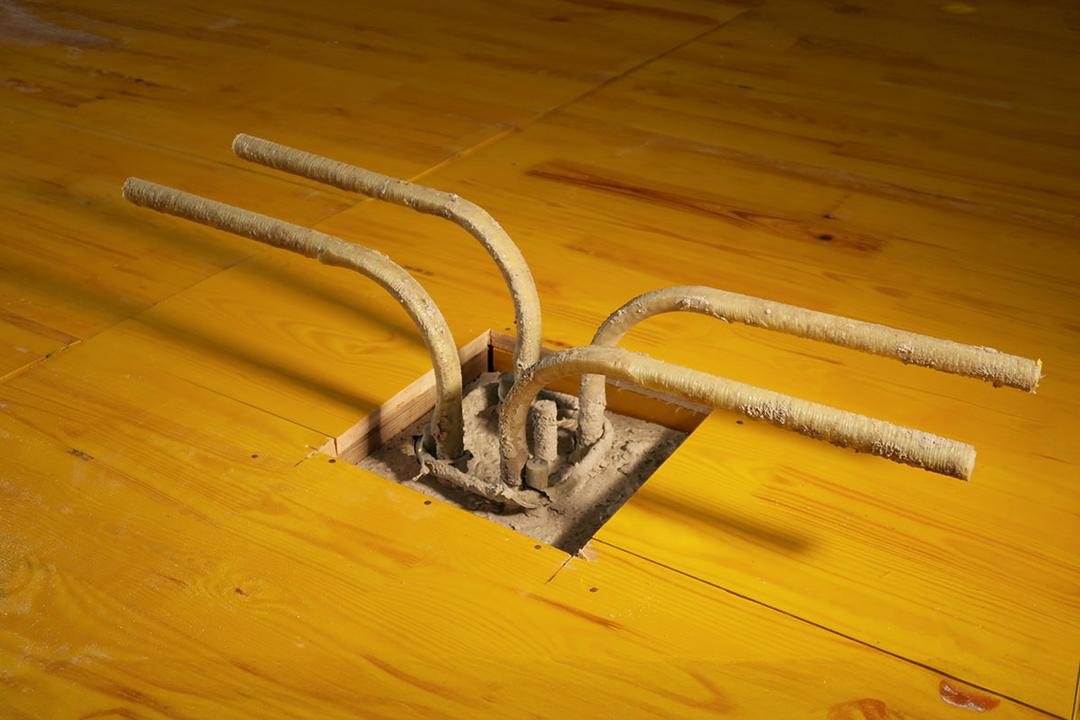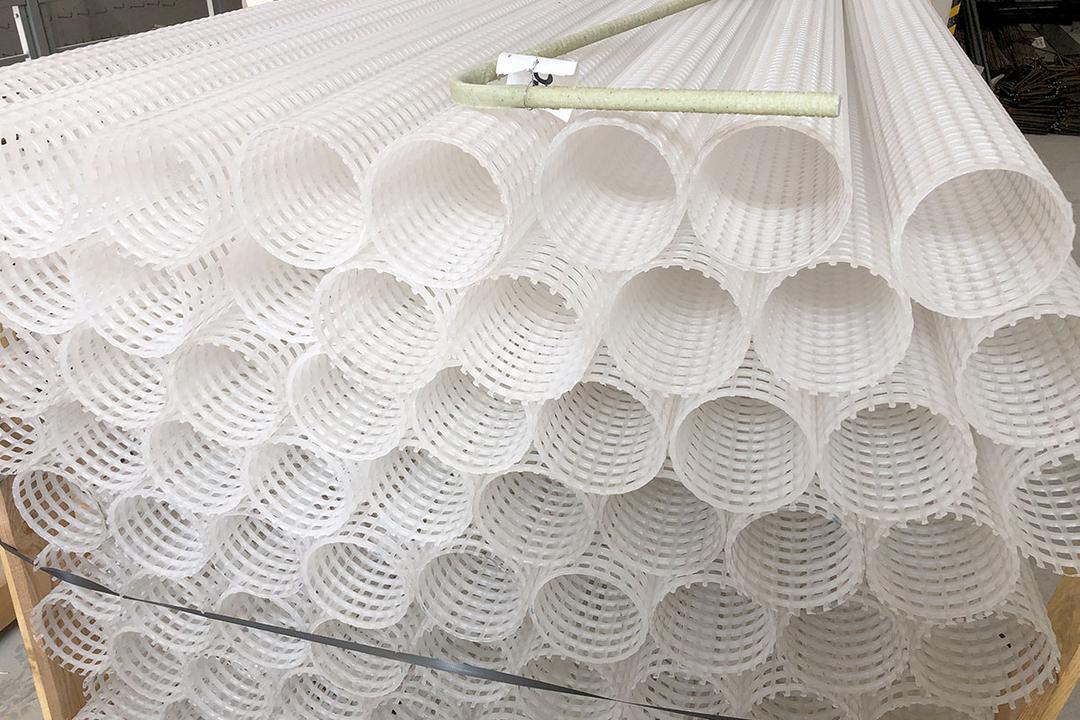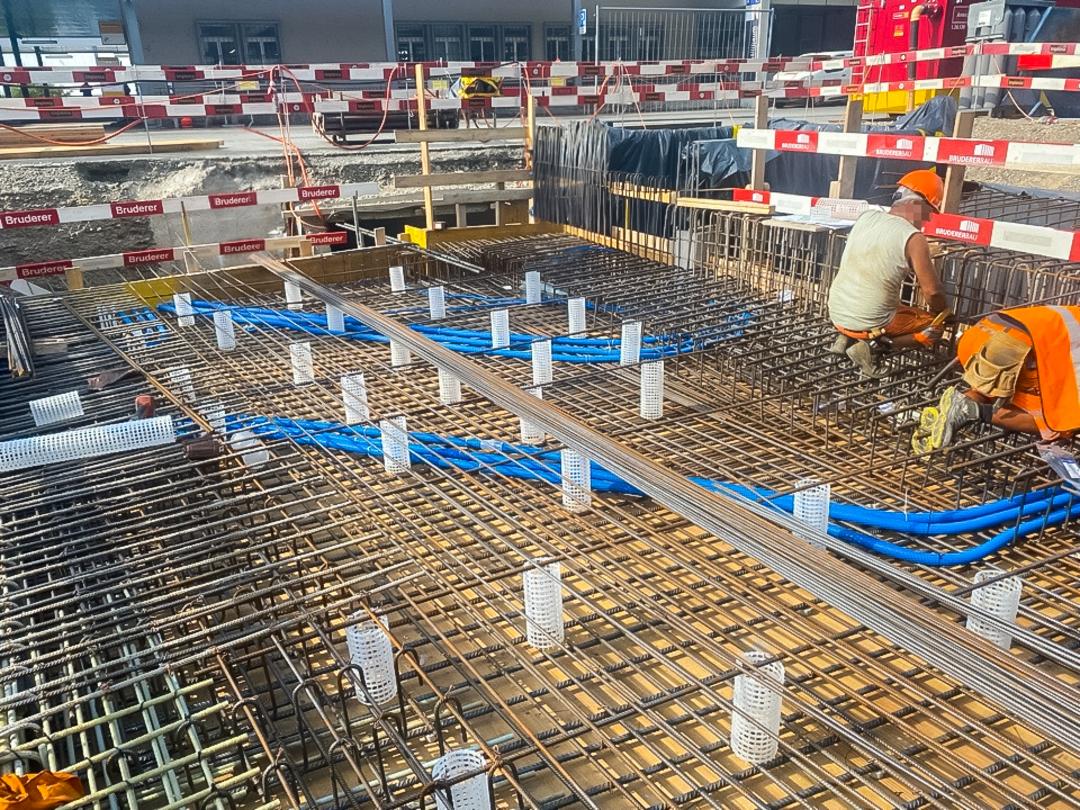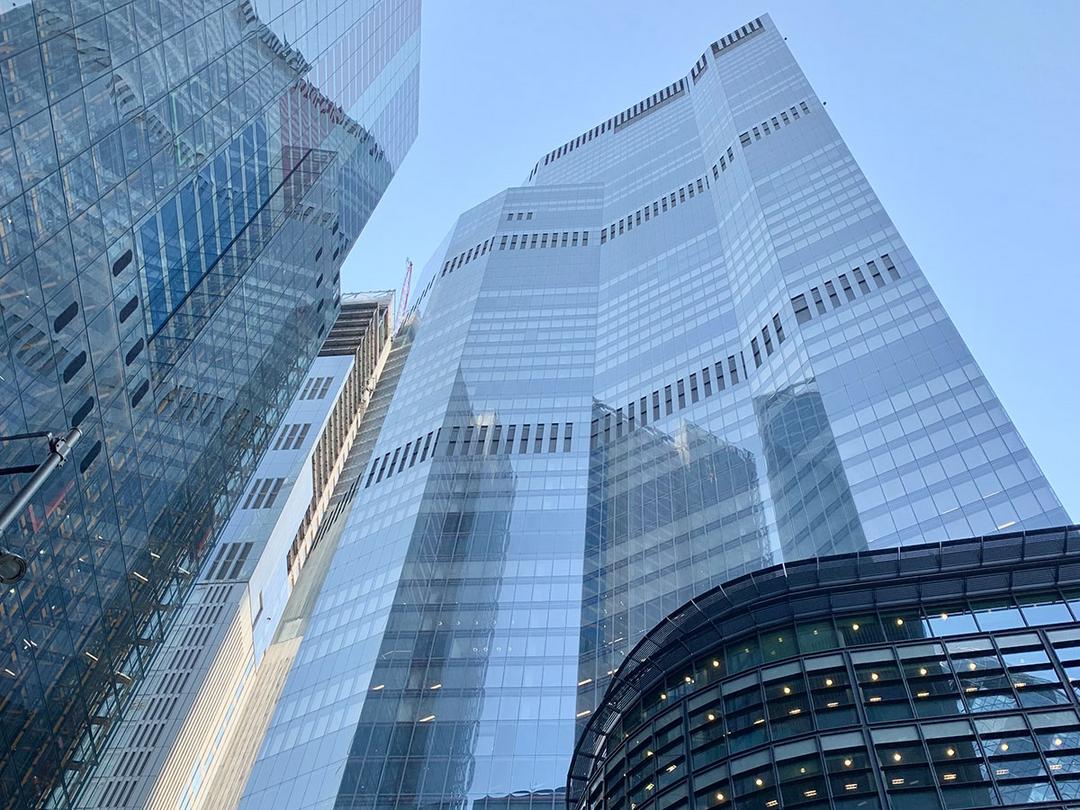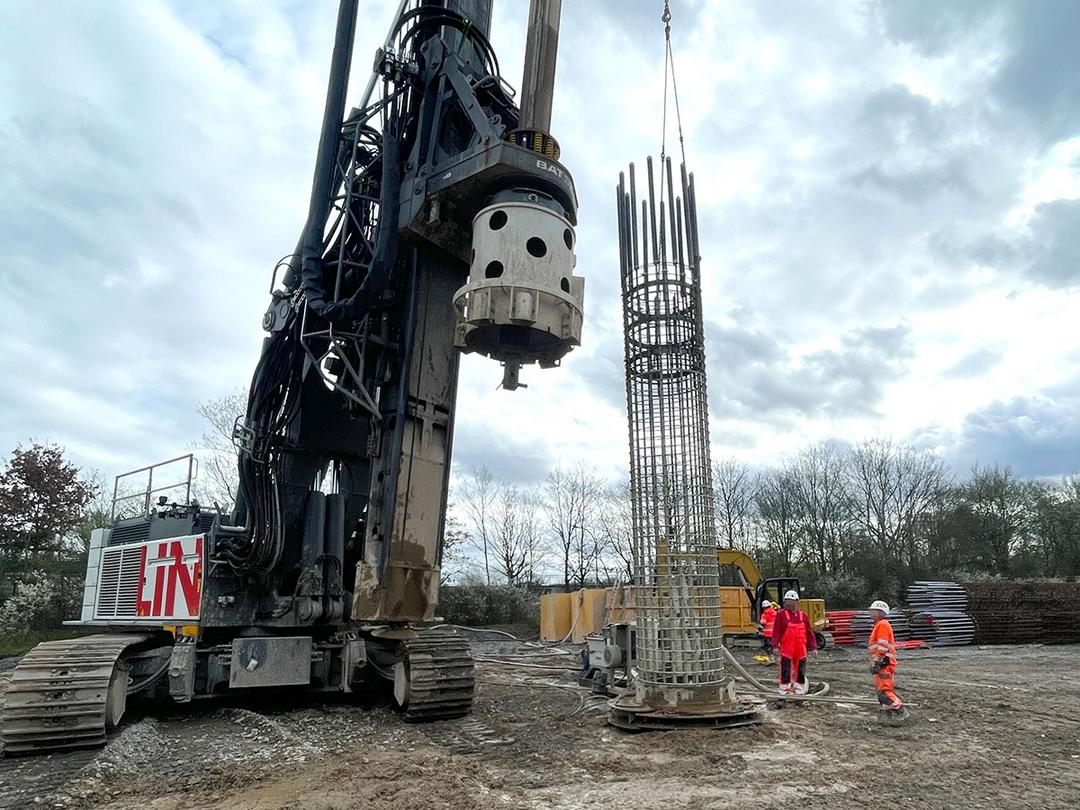The new COMPASS-U fusion reactor research facility of the Institute of Plasma Physics of the Czech Academy of Sciences is currently under construction in Prague. This reactor, called a tokamak, replaces its less powerful predecessor COMPASS and represents an important building block in the European research programme, the long-term goal of which is to generate the much-discussed fusion energy.
The experimental facility will be used to research how new technologies can be used to enclose high-temperature plasmas in a strong magnetic field. To ensure that this magnetic field can be generated undisturbed, high demands are placed on the surrounding building structures. For example, the reinforcement of the surrounding building shell must be neither magnetic nor electrically conductive in order to prevent interference, spurious currents and falsified measurement results.
Originally, the designs envisaged the use of non-magnetic stainless steel for the concrete reinforcements. However, due to the war against Ukraine, there were severe supply bottlenecks. This is why the glass-fibre reinforcement (GFK) FIBERNOX V-ROD from the PohlCon brand H-BAU Technik came into play: it is permeable to magnetic fields and radio frequencies and thus meets all specifications.
A total of 6,000 m of FIBERNOX V-ROD reinforcement bars (straight and bent) in diameters of 12 to 25 mm were installed in the floor slab and in the columns. More than 430 double-headed bolt bars, each 190 mm long and 12 mm in diameter, were used as punching shear reinforcement, as well as 80 non-metallic spacers with a delivery length of 2 m each.
In addition to its magnetic field-friendly properties, this high-quality alternative to steel or stainless steel is also permanently resistant to corrosion and alkalis, which means that the usable service life can be 100 years or more, even in challenging environments. Another advantage is the extremely low thermal conductivity. For sensitive and highly demanding construction projects such as bridges, tunnels, hospitals, airports or even research facilities, GFK reinforcement is therefore increasingly the method of choice.
